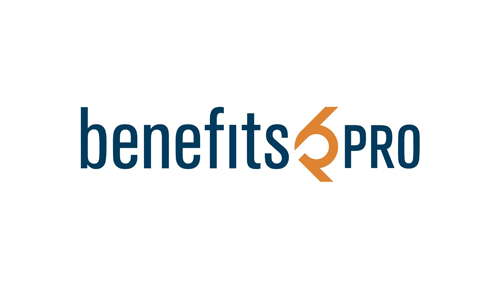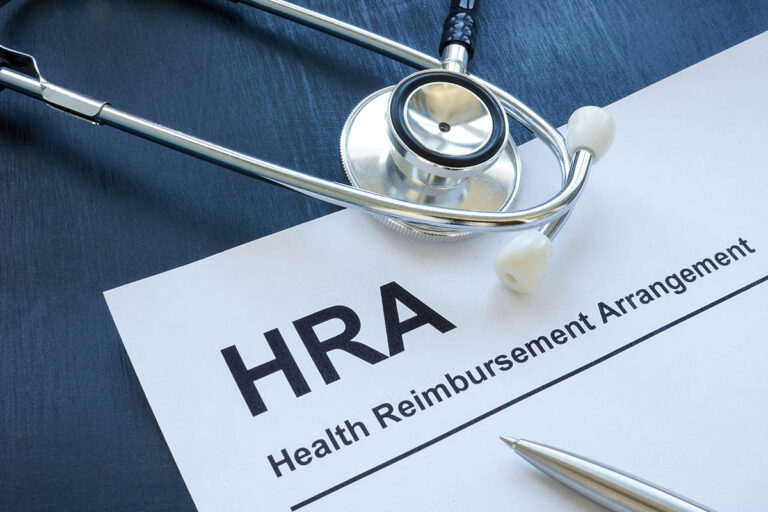
Today’s employers are facing dual challenges in astronomical insurance price increases and America’s unwavering mental health crisis. Due to rising healthcare costs over the past few years, many organizations have been absorbing some of the additional costs to avoid participant price increases. However, many can no longer afford to do so. What’s more, employers that have invested in robust mental health offerings are still seeing burnout, stress and absenteeism among their employees.
Employers always must juggle competing benefits plan priorities. However, for the year ahead, the top two employer priorities for most organizations should be keeping benefits affordable while bolstering mental health programs.
Challenge: Astronomical cost increases
The cost increases employers can expect in the next year are astronomical and also unpredictable. While benefits consultants are doing their best to accurately forecast employers’ budgets for 2023, some employers are facing price hikes of up to 40%. Inflation is making it harder for healthcare providers to predict costs and that unpredictability is also affecting carriers and employer budgeting.
Because of this, employers are struggling to maintain the robust benefits programs necessary to attract and retain talent.
Solution: Look into alternative funding
Employers trying to do more with less are embracing health reimbursement arrangements (HRAs) and alternative funding models. Self-funding continues to rise in popularity, even for organizations that may have not considered it in the past, whether due to their size or cash flow. In 2020, nearly 60% of employers with 200 – 1,000 plan participants were self-funded.1
Alternative funding arrangements, like the captive model or HRAs, can work for smaller employers. An HRA is an employer-funded plan that reimburses employees for qualified medical expenses, including premiums in some cases, up to a fixed dollar amount per year. This allows participants more flexibility in their healthcare choices and minimizes the impact of catastrophic claims on employers.
Strategic use of HRAs or HRA-style vendors can help mitigate renewal increases. One strategy we’ve used has been to increase the deductible of the group health plans to lower the premium cost. Then, the employer funds HRAs to offset the increased deductible for participants. This arrangement reduces the cost of insurance for the employer while avoiding impacting participants.
An individual coverage health reimbursement arrangement (ICHRA) is another innovative alternative that suits organizations that employ hourly, part-time or seasonal workers. ICHRAs, like other HRAs, provide more freedom and flexibility to employees while stabilizing costs for employers, allowing them to fund coverage for employees that otherwise wouldn’t be feasible.
Challenge: America’s mental health crisis
Mental health benefits remain a high priority for employees, and therefore, employers as well. Through claims analysis and benchmarking, we’ve seen a rise in mental healthcare utilization, including provider visits and prescriptions.
While these increases indicate that some are getting help, the mental health crisis is not waning. Many more people are either not seeking help or face access challenges from cost, coverage or provider availability. Employers across industries are noticing that their employees are still not taking advantage of the mental health benefits they offer.
However, mental health support offers a competitive recruitment advantage. Eighty-one percent of workers said that employers’ support for mental health would be an important factor in new job decisions.2
Solution: Prioritize employees’ mental health
Some employers are looking into new ways to offer their employees mental health and stress management resources outside of employee assistance programs (EAPs), which are typically underutilized by participants. Some are considering paying for mindfulness apps or lifestyle and wellness subscriptions.
Other employers are investing in mental health HRAs and health savings accounts (HSAs) to fund the resources employees need. The beauty of these spending accounts is that they allow participants to connect with providers in any network. With the nation’s current shortage of mental health providers, the ability to be flexible and connect with a provider regardless of coverage can be a big motivator for employees.
Seek Out Expert Advice
Whether your organization is facing the financial consequences of price increases or employee burnout, your benefits consultant can help you craft a plan that will help you weather the storm. Ask your consultant about third-party vendor solutions or alternative funding models that help you control costs and offer your employees the resources they need to remain happy and engaged in the upcoming year.
1 Kaiser Family Foundation, “Employer Health Benefits Survey, 2020”2 American Psychological Association, “Workers appreciate and seek mental health support in the workplace”





